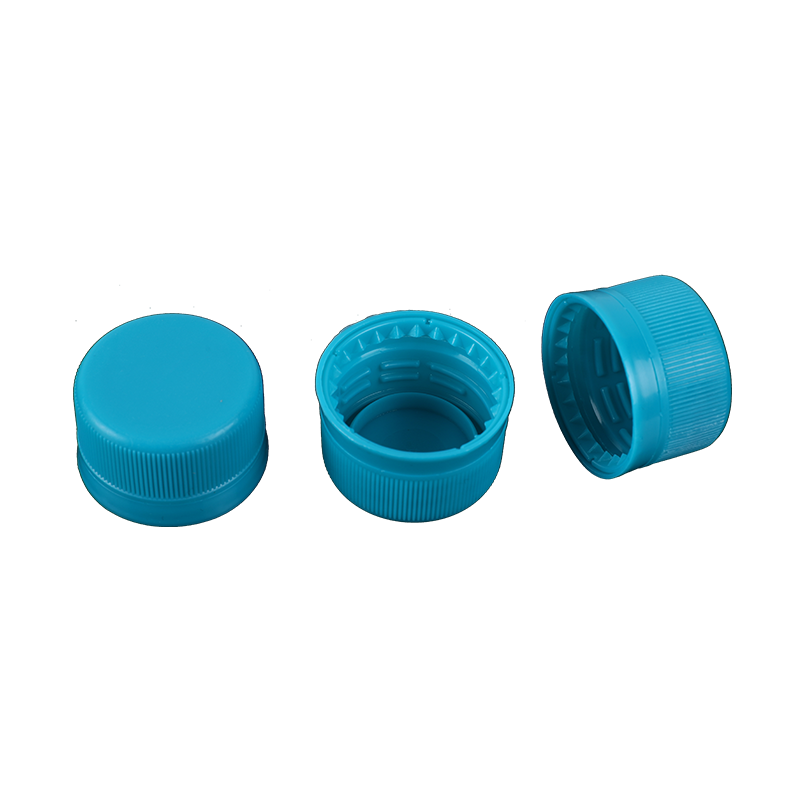Whether you use a plastic bottle cap for water, juice or medication, it has to be of the right material. This means it is suitable for the media that it will be in contact with. It also means it will be able to be recycled.Bottle caps are typically made from polyethylene or polypropylene. There are other materials used for bottle caps, including polyvinyl chloride, polycarbonate and polyvinylidene chloride. These plastics are commonly used in food packaging.A bottle cap mould is an expensive part of the manufacturing process. It requires special tooling and design considerations. These moulds also need to be durable enough to handle thousands of pascals of pressure.

They need to be able to separate parts without damaging them. It also needs to be able to remove parts after they have hardened.Injection moulding is the most common manufacturing method for plastic bottle caps. It has high repeatability and is a cost efficient way to produce large production runs. It is also an economical choice for small volumes.Recently, the EU introduced new legislation that requires recycled content to be included in the product. It also includes separate collection targets for plastics.
It is expected that plastic bottle caps will increase in volume. It could be an opportunity to develop a circular design strategy.The composition of the feedstock and additives used in the production of bottle caps affects the quality of the final recycling product. This is a significant challenge for those looking for high quality recycling paths.